GameFi short for Game and decentralized finance (DeFi) is taking the digital world by storm, bridging the realms of blockchain technology, decentralized finance (DeFi), and gaming. This revolutionary concept introduces a new era of play-to-earn blockchain games that reward players with tangible economic incentives. Let’s delve into the core components and mechanics that make GameFi an exciting frontier.
Understanding the GameFi Ecosystem
In the GameFi universe, cryptocurrencies, non-fungible tokens (NFTs), and blockchain technology collaborate to construct an online gaming realm. Players engage in various tasks, combat with fellow gamers, and advance through game levels, all while reaping in-game rewards. What sets it apart is the ability to transcend in-game assets into the real world, enabling trading on crypto exchanges and NFT marketplaces.
How are Web3 Games Different from Web2 Games?
Web2 games are primarily designed for entertainment, offering enjoyment but lacking any potential for monetary gain or ownership of valuable in-game assets. On the other hand, Web3 games revolutionize the gaming experience through the play-to-earn model. In these games, you not only find entertainment but also the opportunity to monetize your gameplay by earning cryptocurrencies or non-fungible tokens (NFTs), adding a new layer of value to your gaming experience.
Understanding GameFi Operations
The functionality varies across projects, but its core components remain consistent. Blockchain technology underpins the games and their in-game tokens, fostering decentralization in the online gaming sphere. Smart contracts further contribute to this decentralized experience.
Play-to-Earn (P2E)
In contrast to earlier games requiring players to pay-to-play, GameFi empowers players to interact with the game and earn rewards. These rewards range from tokens to exclusive collectibles, achievable through tasks like level completion, character breeding, land development, player competition, and more.
Decentralized Finance (DeFi)
DeFi plays a pivotal role in the GameFi ecosystem, offering avenues like staking and liquidity provisioning. GameFi’s initial DEX offerings receive significant support from DeFi, raising essential project funds and fueling in-game rewards.
Non-Fungible Tokens (NFTs)
NFTs enhance GameFi by simplifying in-game item exchanges and establishing digital asset ownership rights. These tokens encompass avatars, attire, weaponry, land, and collectibles, with rarity influencing their market value. In-game marketplaces streamline item exchange, fostering an intricate in-game economic system.
Supplementary components bolster Game-Fi, including gaming DAOs and community-driven decision-making, fostering fairness and transparency for all players.
The Promise and Caution of GameFi
The future holds the promise of new gaming experiences, offering trustless environments and ownership control. Established gaming companies may also integrate blockchain technology, enhancing ownership and unique in-game assets.
However, it is not without its challenges. As an emerging technology, it carries inherent risks and uncertainties. Hacks and security vulnerabilities are potential pitfalls, underscoring the importance of caution and thorough research.
Concluding Thoughts on GameFi’s Evolution
From the humble beginnings of Bitcoin, blockchain gaming has evolved significantly, driven by the advent of Ethereum and smart contracts. As blockchain technology continues to develop, GameFi stands to revolutionize gaming, introducing new levels of engagement and innovation.
Explore the Top 5 GameFi Projects for October 2023! Click Here
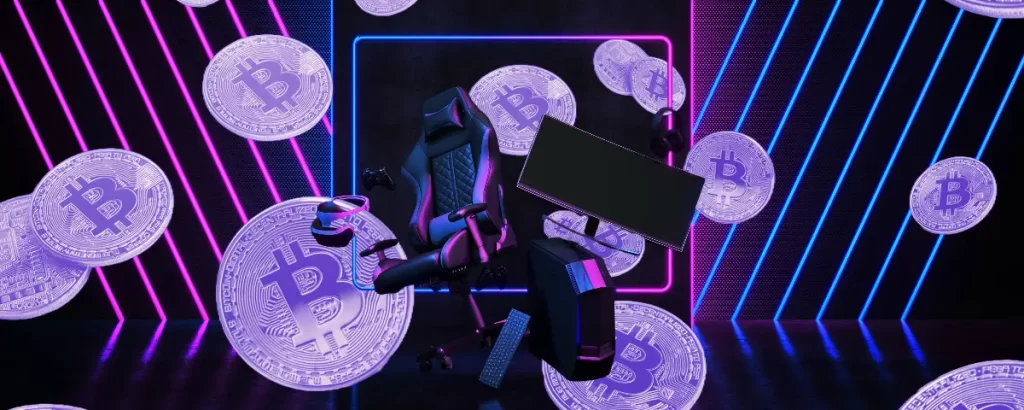


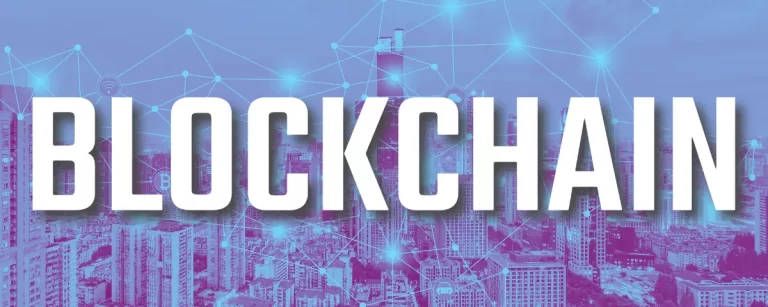
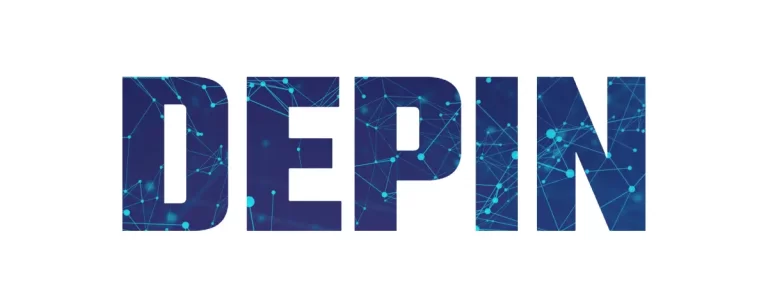


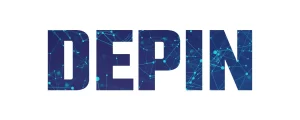

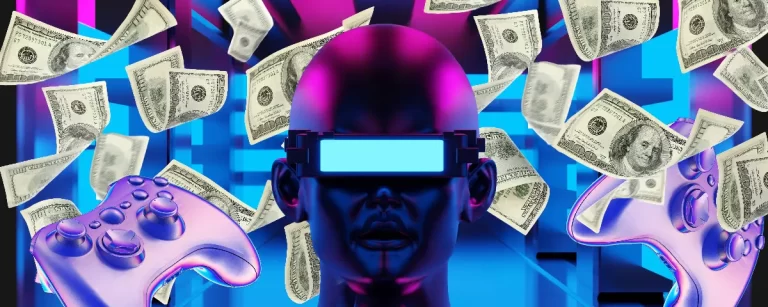


+ There are no comments
Add yours